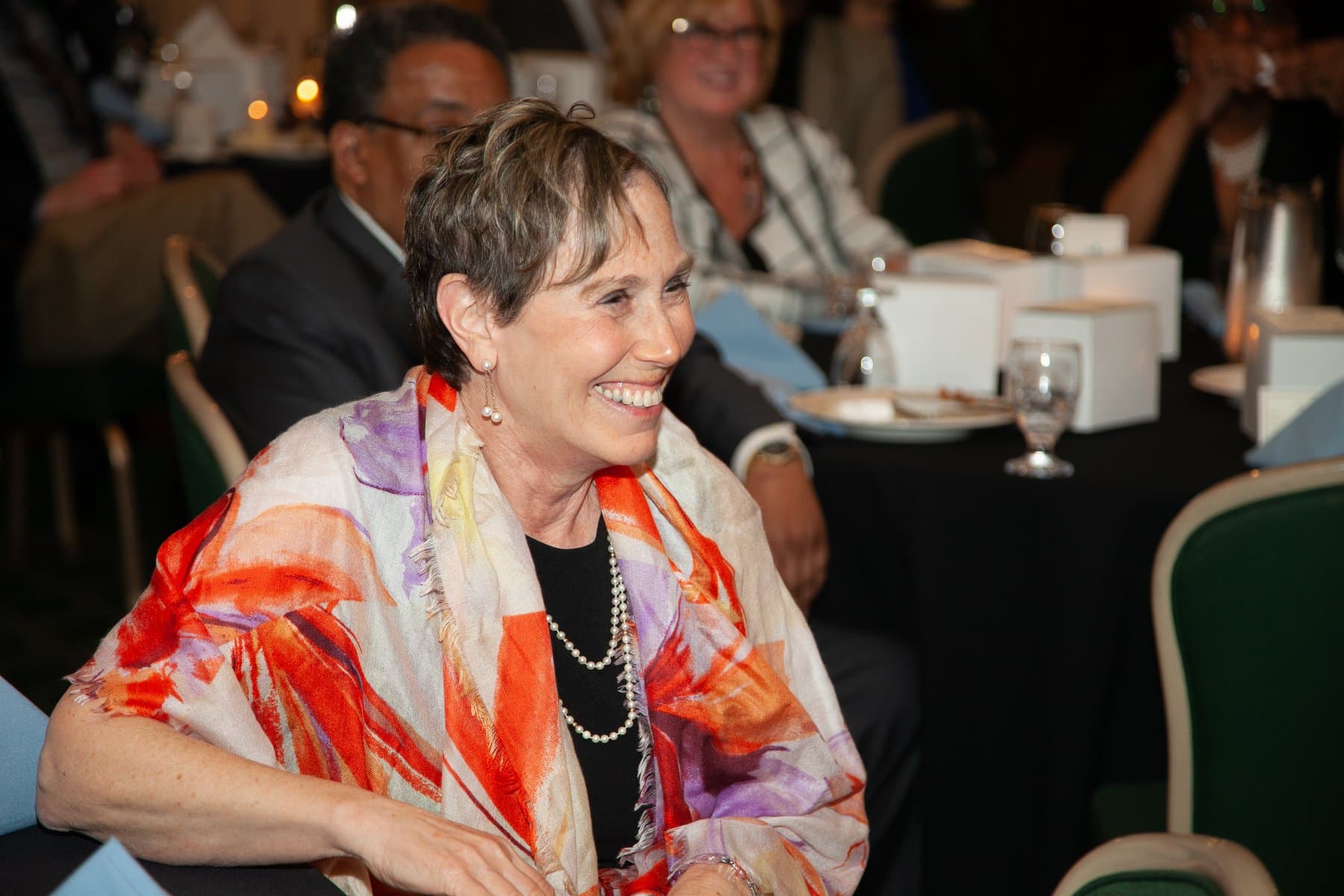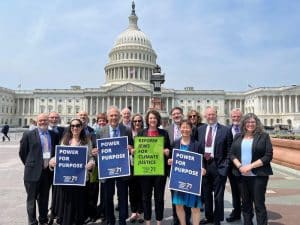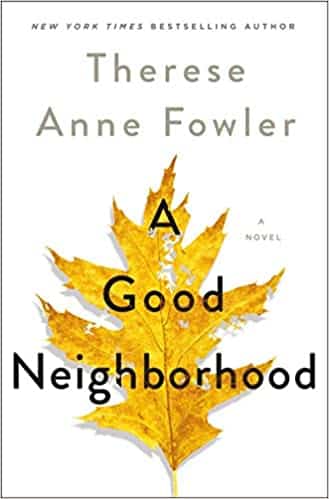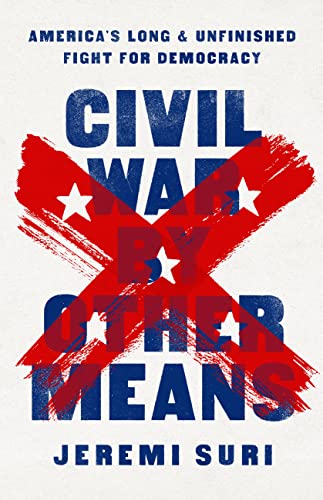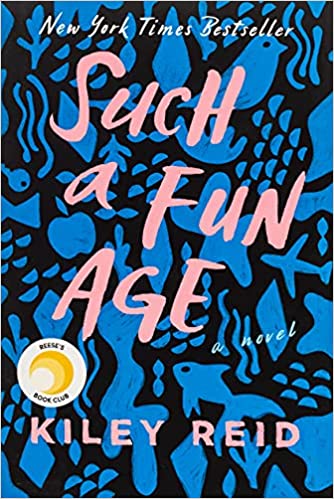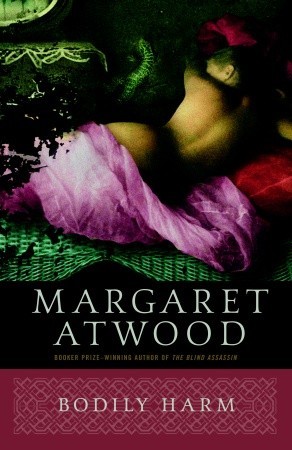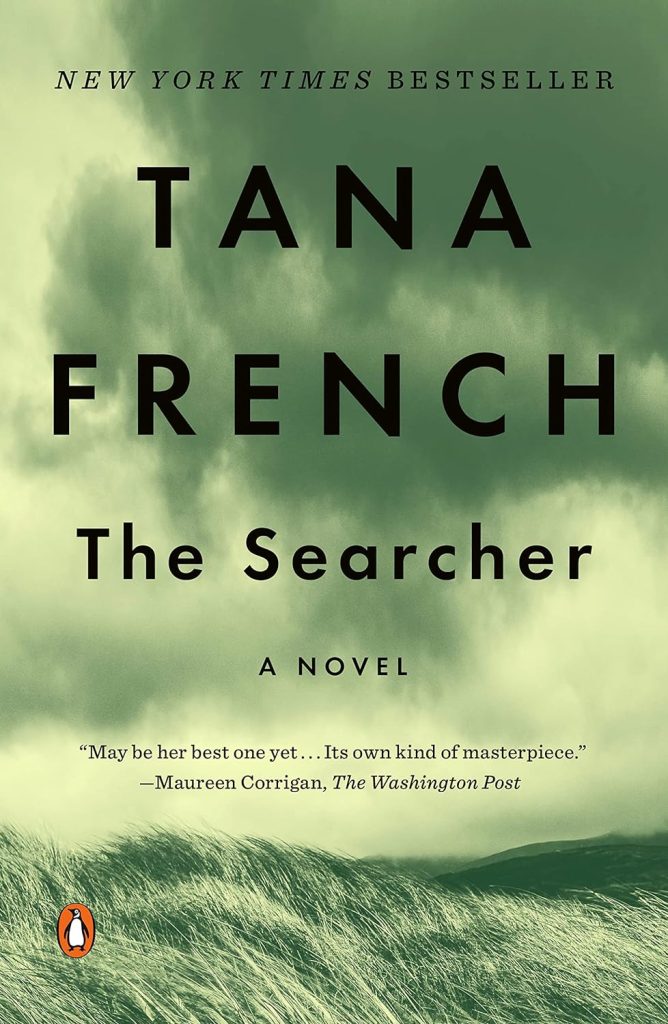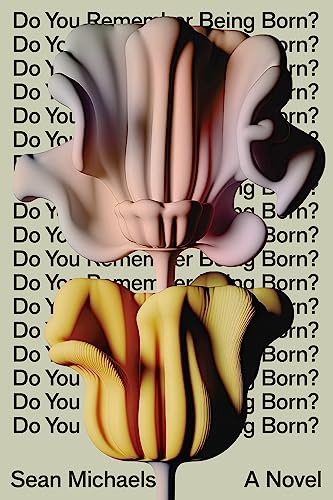Where is the Sunshine?
Estimated reading time: 2 minutes, 48 seconds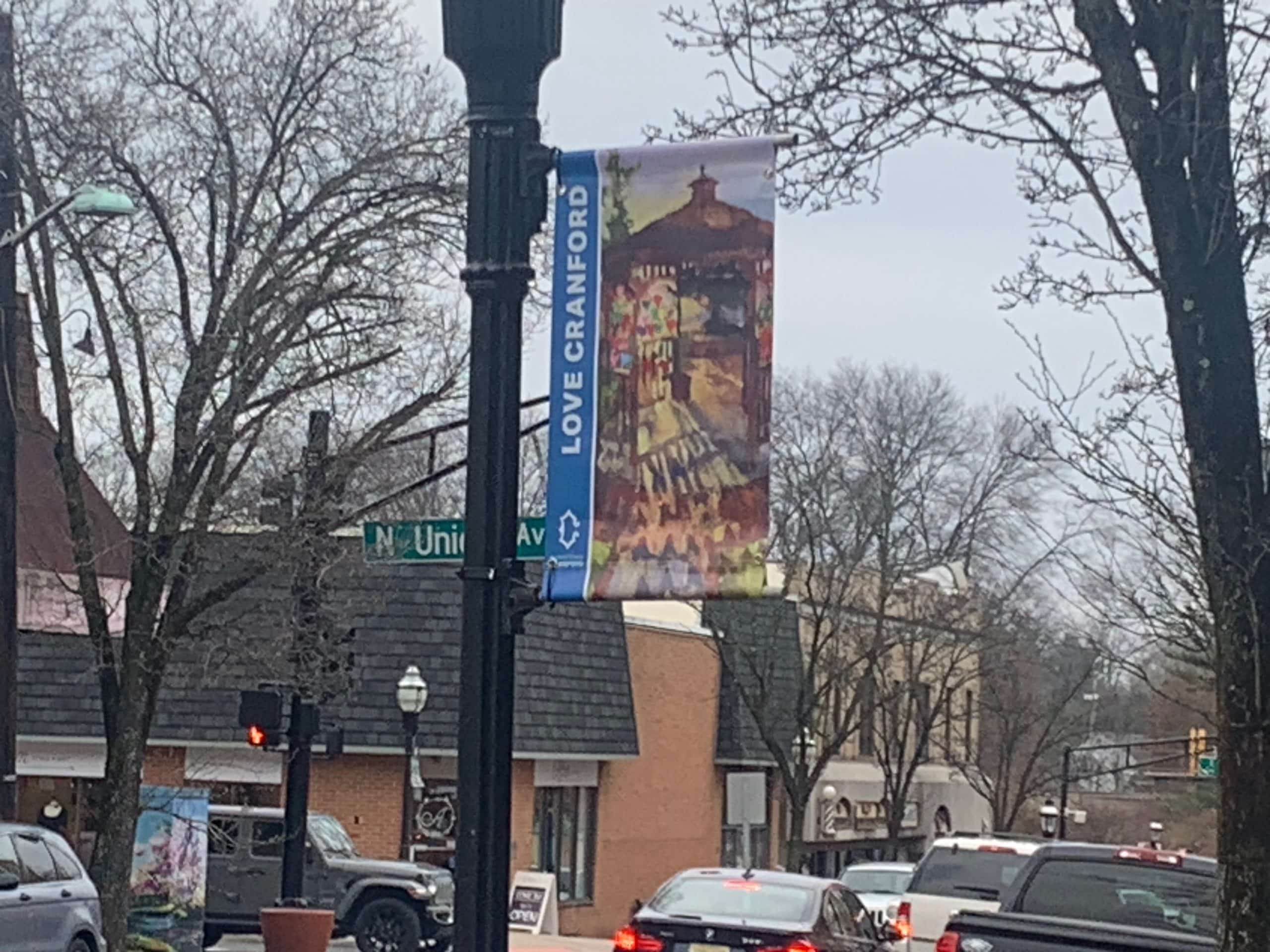
Are the Algorithms Causing Me To Walk Faster for Less Impact?
As I walked towards the intersection of Springfield Avenue and West End Place, I noticed the crossing guard waving at me. “You’re late this morning,” he said, smiling. I realized I had been walking slower than usual but tried to pick up the pace to complete my route on time. Despite my efforts, I was still slower than I intended, but I wanted to keep that from getting me down. Instead, I tried to stay positive and pointed out the beautiful blue sky and the shining sun. However, my optimism was short-lived, as the sun disappeared just as I finished my last mile. The sky had been overcast and gray for the past ten days, making the day feel dreary and colder than it was.
When I arrived home, I read the NY Times over breakfast. I noticed that the average daily temperature in Central Park in January was 3.3 degrees higher than that for this time of year. While this might sound like a good thing, it’s pretty concerning. To prevent catastrophic consequences on our climate, we must limit the temperature increase to two degrees Celsius (3.6 Fahrenheit), ideally no more than 1.5 degrees (2.7 Fahrenheit). But if we wait to take action soon, we’ll be on track for nearly double the two degrees Celsius increase.
I do my part to help the environment by walking instead of driving whenever possible to reduce my carbon footprint. In addition, as a representative of the Temple Sha’arey Shalom, I had the opportunity to attend a climate change advocacy event in Washington last year. During the event, I met with lawmakers and other influential individuals to discuss the urgent need for action on climate change. Since then, I have continued my advocacy efforts by participating in local environmental groups and staying current on the latest climate change policy developments. I am passionate about protecting our planet and believe every effort we make can positively impact our world’s future, no matter how small.
Today, I did complete my walk faster than usual, but it took longer than I had hoped. What’s frustrating is that this month’s fitness challenge is to burn 808 calories, and I’m still determining if I’m meeting that goal. On Tuesday, I walked 8.37 miles and burned 837 calories, which was a good start. But today, I walked 9.04 miles and only burned 710 calories. I’d like to know if my Apple Watch algorithm forces me to walk faster and longer than I need to to meet the calorie burn goal. I’ll look into this further to see if I can do anything to adjust the settings and make my fitness routine more efficient.
My wife’s spirit is always beside me as I enter the unknown future. My every breath is a call for action against global warming so that future generations can inherit a safe and healthy planet. Though I may only be able to meet my monthly challenges on my Apple Watch, my commitment is to do more than burn calories. With every step, I will work towards a brighter future, one step at a time.
The Jan Lilien Education Fund sponsors ongoing sustainability and environmental awareness programs. All donations are tax-deductible.

This work is licensed under a Creative Commons Attribution-NonCommercial 4.0 International License.
After almost 48 years, I recently lost my wife, Jan Lilien. Like The Little Prince, Jan and I believed that “The most beautiful things in the world cannot be seen or touched, they are felt with the heart.” This blog is a collection of my random thoughts on love, grief, life, and all things considered.
